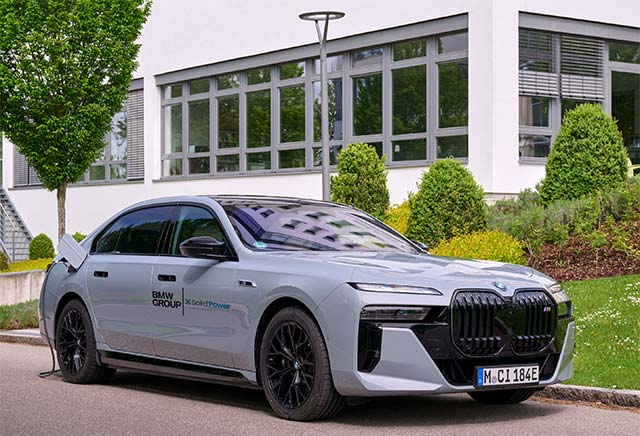Multifunctional Crown Ether Additive Regulates Desolvation Process to Achieve Highly Reversible Zinc‐Metal Batteries
Advanced Energy Materials, Volume 15, Issue 19, May 20, 2025.

18-crown-6 as an additive could coordinate with Zn2+ and form H−bond with water via the ethereal oxygen groups, regulating the Zn-ion solvation sheaths and desolvation process, thereby greatly inhibit water induced side-reactions and hydrogen evolution reaction (HER). Moreover, the 18-crown-6 additive can also preferentially adsorb on Zn (002) facets, thereby promote the highly reversible Zn2+ deposition and lead to dendrite-free zinc anode.
Abstract
Aqueous zinc-ion batteries have garnered significant attention due to their abundant materials, low production costs, and safety. However, these batteries suffer from severe side reactions, which are closely associated with the presence of a substantial amount of solvent at the electrode surfaces. Herein, 1,4,7,10,13,16-hexaoxacyclooctadecane (18-crown-6) is added to the electrolyte to illustrate both theoretically and experimentally its contribution to the rapid desolvation aspect. It is shown that the addition of 18-crown-6 to the electrolyte greatly facilitates the desolvation of the solvated structure and prevents the collection of solvent molecules on the surface of zinc anode, thus inhibiting the hydrogen precipitation reaction. It also enhances the transference number of zinc ions, which makes the interfacial electric field on the zinc anode stable and thus promotes the orderly diffusion and uniform nucleation of Zn2+, and inhibits the growth of dendrites. As a result, the electrolyte containing 18-crown-6 as additives shows a stable cycle life, Zn||Zn symmetric cell is cycled for nearly 1700 h at 1 mA cm−2, showing a significant improvement in Coulombic efficiency. The assembled Zn||NH4V4O10 cell exhibits excellent electrochemical performance, reaching a capacity of 100.9 mAh g−1 even after 4000 cycles at 10.0 A g−1.




















































































































































